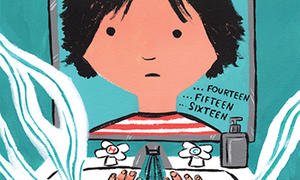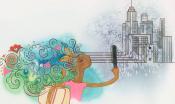article
A Chorus of Reasons Why We Teach

“Under these conditions, why would teachers teach? Here are some of our reasons.” The dedicated teachers and staff at a Jackson, Mississippi, elementary school share what keeps them committed to teaching.



